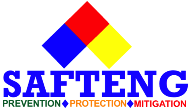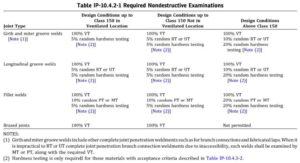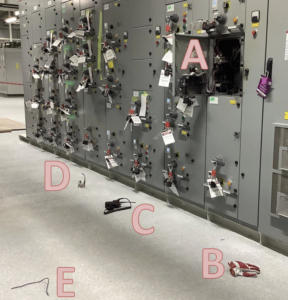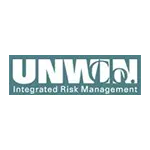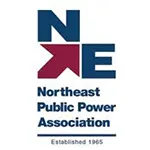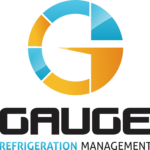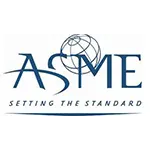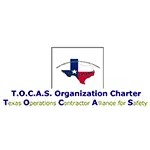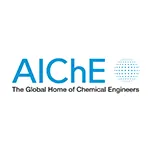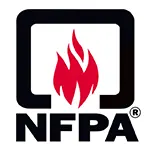Let us help you make sense of PSM / RMP!
My friend Brian Chapin will be offering an open-enrollment PSM/RMP class in Burleson, Texas, July 8th to 11th, 2025. Brian is an absolute pro in NH3 Refrigeration Process Safety. Anyone who attends will also get a FREE membership to SAFTENG. You can get more information on the class with this link.
CLICK HERE to Renew your Membership
CLICK HERE for a NEW Membership
CLICK HERE to see eligibility requirements for FREE Membership
If you have any questions, please contact m
SAFTENG has:
- Over 18,000 categorized unsafe acts/conditions and accident/injury photos
- Over 1,500 ppt's & doc's in the SAFTENG Library
- Over 4,000 Technical Articles on Process Safety, Emergency Response & OSH topics
- Over 450 videos (those not allowed on YouTube Channel)
Many THANKS to my NEW Members and those who CONTINUE to support SAFTENG:

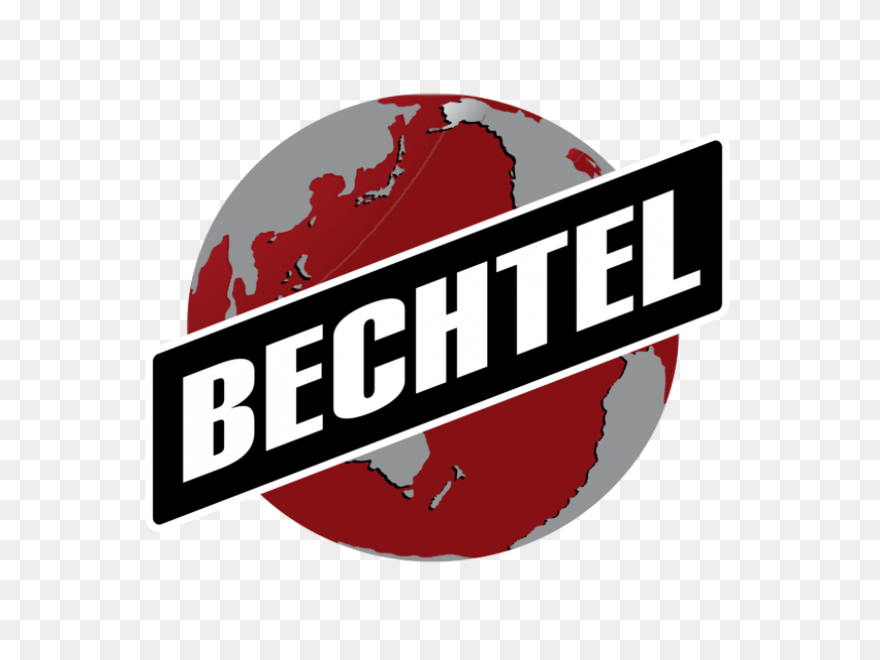







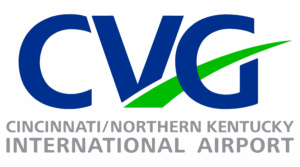

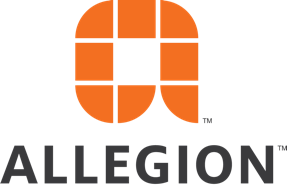
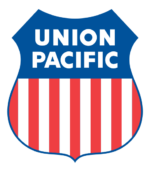
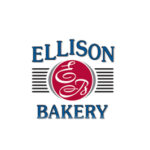
May 12, 2024
Respondents owned and operated a seafood processing and cold storage warehouse facility. The Facility is one building that consists of two separate spaces on either side of a dividing wall. One side of the Facility is used for seafood processing and packaging. The other side of the Facility is a cold storage warehouse used to store the packaged seafood. The Facility is located alongside Gloucester’s...
Read More
May 11, 2024
If you want a spirited process safety debate, simply mention the practice of having “intervening valve(s)” before or after a Pressure-Relieving Device (PRD). There are some who swear that it is not allowed, but in fact, it is. This is how I learned about the “Car-Seal” program early in my career. ASME B31.12 is one of those RAGAGEPs that allows this practice...
Read More
May 10, 2024
I have written many articles relating to ASME B31.3 and the QA/QC requirements each weld/flange must meet. However, in B31.12, Table IP-10.4.2-1 Required Nondestructive Examinations, the code requires 100% VT (Visual examination). The code goes on to require a more extensive examination sampling of 5-10% joints using with Liquid Penetrant (PT) or Magnetic Particle (MT). Even the VT...
Read More
May 10, 2024
Valves that must be operated during an emergency shall be
examined periodically and
partially operated at least once a year
to provide safe and proper operating conditions. Routine valve maintenance procedures shall include, but not be limited to, the following:
…
HomeRead More »
Read More
May 10, 2024
Each operating company shall establish written procedures to minimize the hazard of an emergency. The procedures shall provide instructions to operating and maintenance personnel. The procedures shall describe the following: a process for prompt and adequate handling of all calls that concern emergencies, whether they are from customers, the public, employees, or other sources, and for classifying...
Read More
May 10, 2024
As I dig deeper into ASME B31.12, Hydrogen Piping, I continue to find nuggets of best practices for HAZMAT piping. ASME B31.12 requires each operating company having industrial piping, pipeline, and commercial and residential systems to have Operational, Maintenance, and Emergency Plan(s) that include the following:
…
HomeRead More »
Read More
May 9, 2024
On April 24, 2024, the department’s Occupational Safety and Health Administration presented the draft rule’s initial regulatory framework at a meeting of the Advisory Committee on Construction Safety and Health. The committee, which advises the agency on safety and health standards and policy matters, unanimously recommended OSHA move forward expeditiously on the Notice of Proposed Rulemaking....
Read More
May 9, 2024
I have been working with several clients who are on a Hydrogen Fuel journey. It is fun to get deep into process safety protection schemes regarding NFPA 2 and ASME B31.12 and see the similarities and extra code requirements when dealing with large H2 gas systems. One of the interesting items regarding H2 piping is a “Leakage Survey,” which applies to “Industrial Plants.” There...
Read More
May 9, 2024
Occasionally, we see some pipe labeling requirements that exceed those found in ASME A13.1. NFPA 2, 2023 has a few:
(emphasis by me)
…
HomeRead More »
Read More
May 9, 2024
Hazardous chemicals which are carried on transportation vehicles, including rail cars, can be subject to EPCRA reporting when they are not under active shipping papers and have reached the consignee identified on the shipping papers. See House Report No. 99-962 (Committee of Conference), October 3, 1986. 99 Cong. Conf. H. Report 962, at 311, which clarifies that the exemption under Section 327 relating...
Read More
May 6, 2024
An experienced electrician checking conductors at an industrial facility unknowingly accessed an energized breaker bucket inside a substation and shorted phase to phase on the line side of the energized breaker switch at 347/600V. This resulted in an electrical shock, creating an arc flash. The worker suffered first and second-degree burns to their wrist, hand, and face.
CLICK HERE
Read More
May 6, 2024
Respondent is the facility’s owner and operator. The EPA inspected the Facility from July 27 to July 29, 2021, to determine the Respondent’s compliance with Section 112(r) of the CAAmand 40 C.F.R. Part 68 (“the Inspection”). Operations at Respondent’s Facility include, among others, repackaging chlorine for utilization in sodium hypochlorite bleach manufacturing. The Facility also uses...
Read More
